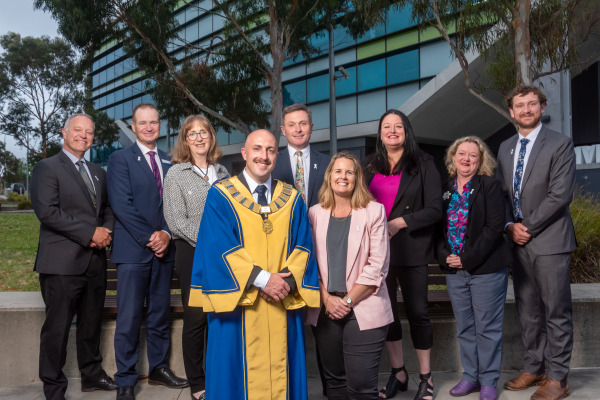After a highly competitive international selection process, and his satellite geodesy group has been selected for NASA’s Gravity Recovery and Climate Experiment (GRACE) Follow-On mission. The University of Newcastle team joins as one of 20 science team members to the mission for the next four years.
Raising more than $400,000 from NASA for the mission, Professor Han will investigate land deformation and changes in solid Earth prompted by earthquakes, ice melts, floods and droughts, and sea level rise.
In space, NASA’s GRACE Follow-On satellites measure the precise distance change between two identical satellites using laser ranging in addition to microwaves. By interpreting this data of satellite-to-satellite distance change with a precision of nano-meters over 200 km, Professor Han and his team will determine Earth system changes and solid Earth deformation.
This mission follows on from NASA’s GRACE mission, which Professor Han was also engaged in to model viscoelastic motion of the Earth’s crust following major earthquakes. revealed major earthquakes can cause land to sink and sea level to rise at a pace greater than the threat of climate-related rise, and may continue for decades after.
Chief Investigator, Professor Han leads the international satellite geodesy team composed of scientists and engineers from NASA Goddard Space Flight Center, US Geological Survey, Northwestern University, Technical University of Delft, and Utrecht University.








